I would like to invite you to a research presentation by Prof. Bailing Zhang, from Xi’an Jiaotong Liverpool University. We are hosting Prof. Zhang here for a week under the support of BU Fusion Funding. Please feel free to forward this invitation to your colleagues and PhD students if it is of their interests.
Title: Machine Learning and Computer Vision for Intelligent Surveillance
Time: 11:00-12:00
Date: Friday, 06 Feb 2015
Room: TAG32 (Talbot Campus)
Abstract:
The aim of intelligent video surveillance is to develop a way to provide reliable real-time alarms and situation awareness from existing surveillance networks without the enormous cost of intensive human monitoring. The tasks of video surveillance often include the detection of the presence of people and vehicle and tracking them, and the subsequent analysis of their activities. Such research projects have broad implications for Homeland Security, law enforcement and many other types of military applications. There are many challenges to analyse a vast number of video streams in real-time to detect a range of events relevant to security needs. Computer vision and machine learning are the two interwove technologies for most of the modeling issues in video surveillance, for example, recognizing human behaviors. In this seminar, Dr. Bailing Zhang will briefly outline the ongoing projects with his group at XJTLU and discuss some relevant issues.
Biography:
Bailing Zhang received the Master’s degree in Communication and Electronic System from the South China University of Technology, Guangzhou, China, and Ph.D. degree in Electrical and Computer engineering from the University of Newcastle, NSW, Australia, in 1987 and 1999, respectively. He is currently Associate Professor in the Department of Computer Science and Software Engineering at Xi’an Jiaotong-Liverpool University, Suzhou, China. He had been a Lecturer in the School of Computer Science and Mathematics in the Victoria University, Australia since 2003. His research interest includes machine learning and computer vision, with applications in surveillance and biometrics. Bailing Zhang has over 100 referred papers published.
————–
Dr. Xiaosong Yang
Senior Lecturer in Computer Animation National Centre for Computer Animation
Faculty of Media and Communication
Bournemouth University
Email: xyang@bournemouth.ac.uk
http://staffprofiles.bournemouth.ac.uk/display/xyang
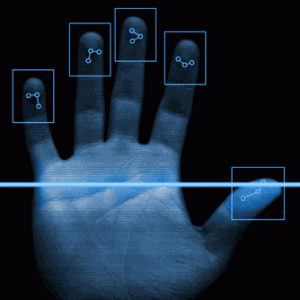



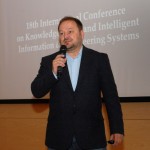
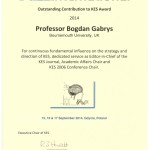
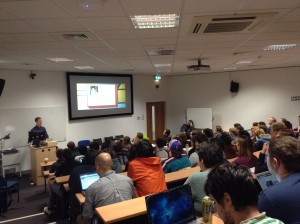
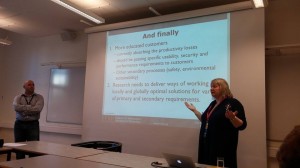





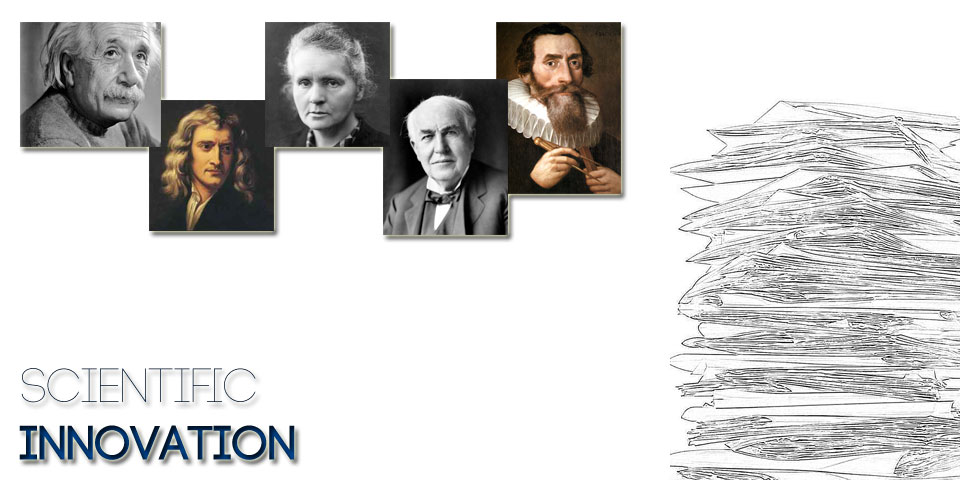






 Wordcamp 2014 Bournemouth
Wordcamp 2014 Bournemouth











 New Nepal scoping review on maternal & neonatal health
New Nepal scoping review on maternal & neonatal health Fourth INRC Symposium: From Clinical Applications to Neuro-Inspired Computation
Fourth INRC Symposium: From Clinical Applications to Neuro-Inspired Computation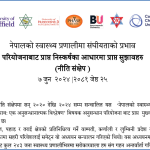 Writing policy briefs
Writing policy briefs Upholding Excellence: The Concordat to Support Research Integrity
Upholding Excellence: The Concordat to Support Research Integrity ECR Funding Open Call: Research Culture & Community Grant – Application Deadline Friday 12 December
ECR Funding Open Call: Research Culture & Community Grant – Application Deadline Friday 12 December MSCA Postdoctoral Fellowships 2025 Call
MSCA Postdoctoral Fellowships 2025 Call ERC Advanced Grant 2025 Webinar
ERC Advanced Grant 2025 Webinar Horizon Europe Work Programme 2025 Published
Horizon Europe Work Programme 2025 Published Horizon Europe 2025 Work Programme pre-Published
Horizon Europe 2025 Work Programme pre-Published Update on UKRO services
Update on UKRO services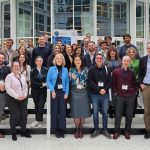 European research project exploring use of ‘virtual twins’ to better manage metabolic associated fatty liver disease
European research project exploring use of ‘virtual twins’ to better manage metabolic associated fatty liver disease